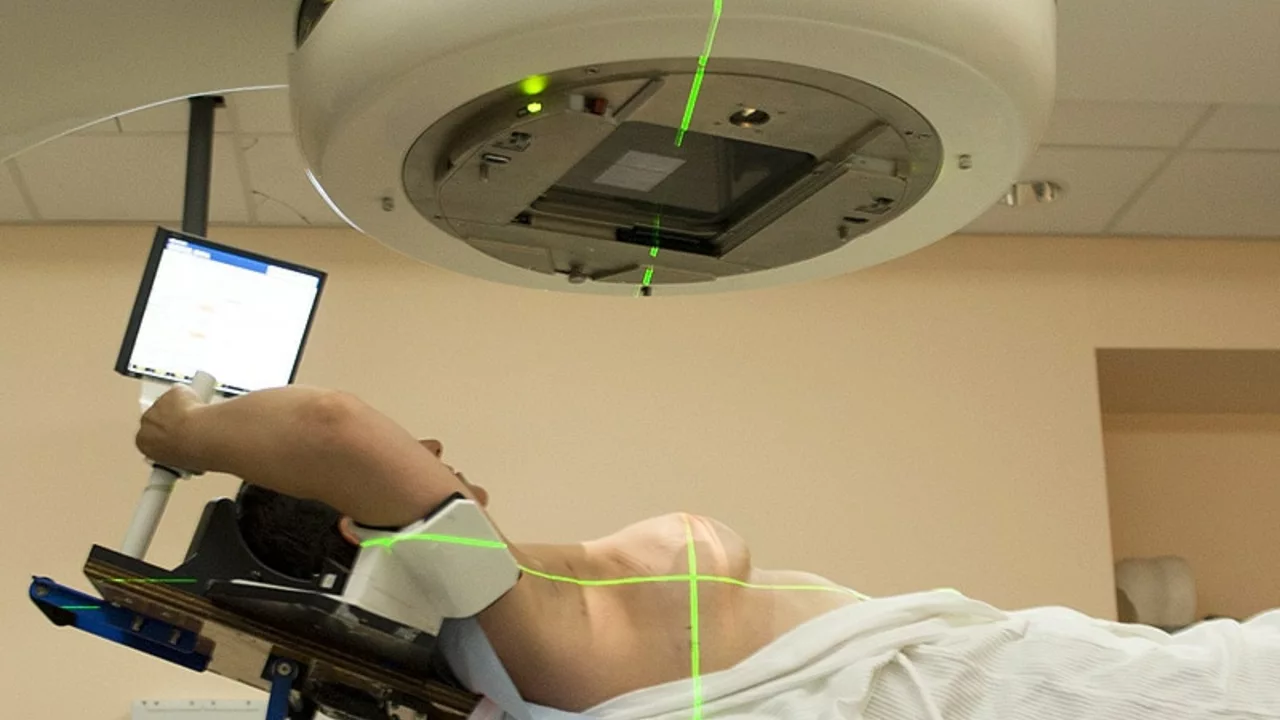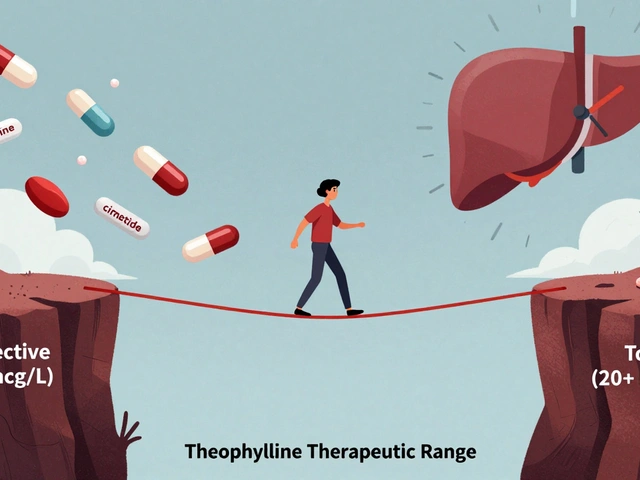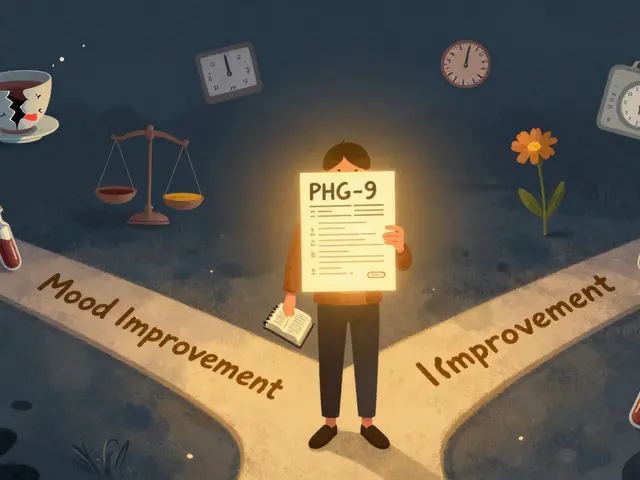Radiation Therapy: What to Expect and How to Prepare
Radiation therapy uses high-energy rays to kill cancer cells or shrink tumors. If your doctor recommended it, you probably have a lot of questions. This guide explains the main types, common side effects, and simple steps you can take to feel more in control before, during, and after treatment.
Types of radiation therapy and how they work
External beam radiation points a focused beam at the tumor from a machine outside your body. It’s the most common type and is done in short daily sessions over days or weeks. Brachytherapy places radioactive sources inside or next to the tumor — often used for prostate, cervical, and some breast cancers. There's also systemic radiation, where radioactive drugs travel through the bloodstream to target cancer cells. Your team will pick the method based on tumor type, location, and your overall health.
What to expect and common side effects
Treatments are usually painless, but you may feel tired as therapy accumulates. Skin in the treated area can get red, dry, or sensitive — similar to a sunburn. Other effects depend on the location: head/neck radiation can affect saliva and swallowing, chest radiation can cause cough or shortness of breath, and pelvic radiation may cause bladder or bowel changes. Most early side effects show up during treatment or in the weeks after; some late effects can appear months or years later, so long-term follow-up matters.
Combining radiation with chemo or surgery is common. Chemo can make side effects stronger, but the combo can improve outcomes for many cancers. Your team will explain the schedule and why they recommend it.
Radiation doesn’t make you radioactive to others (except sometimes with certain internal treatments for a short time). You won’t set off alarms at stores or be dangerous to family in normal daily contact.
Know when to call your clinic: a high fever, severe pain, trouble breathing, heavy bleeding, or sudden swelling are reasons to seek help fast. For milder issues like skin redness, dry mouth, or constipation, your care team can usually offer safe home remedies or medicines.
Before treatment, ask practical questions: How long will each session take? Will I need markings or tattoos? What should I bring? Are there foods, supplements, or medications I must avoid? Ask about fertility preservation if you might want children later.
During treatment, protect the skin in the area: use only approved gentle soaps and moisturizers, avoid sun exposure, and skip tight clothing. Stay hydrated and try short naps if fatigue hits. Keep a simple food record — radiation can change taste or appetite, and patterns help your dietitian suggest fixes.
After treatment, keep follow-up appointments and report new symptoms. Ask for a written survivorship plan that covers tests, when to expect late effects, and lifestyle tips to lower recurrence risk. Small prep steps and clear communication with your team make radiation a lot less stressful.
Radiation Therapy for Kaposi Sarcoma: An Effective Option
In my recent exploration of medical advancements, I've learned about the effectiveness of radiation therapy for treating Kaposi Sarcoma. This cancer, which often results in lesions on the skin, is being combated more effectively than ever with targeted radiation. It's a great option for those seeking non-invasive treatment, reducing the tumor size and easing symptoms. This approach not only improves the patient's physical state but also their quality of life. So, for anyone battling Kaposi Sarcoma, radiation therapy could be a game-changer.






